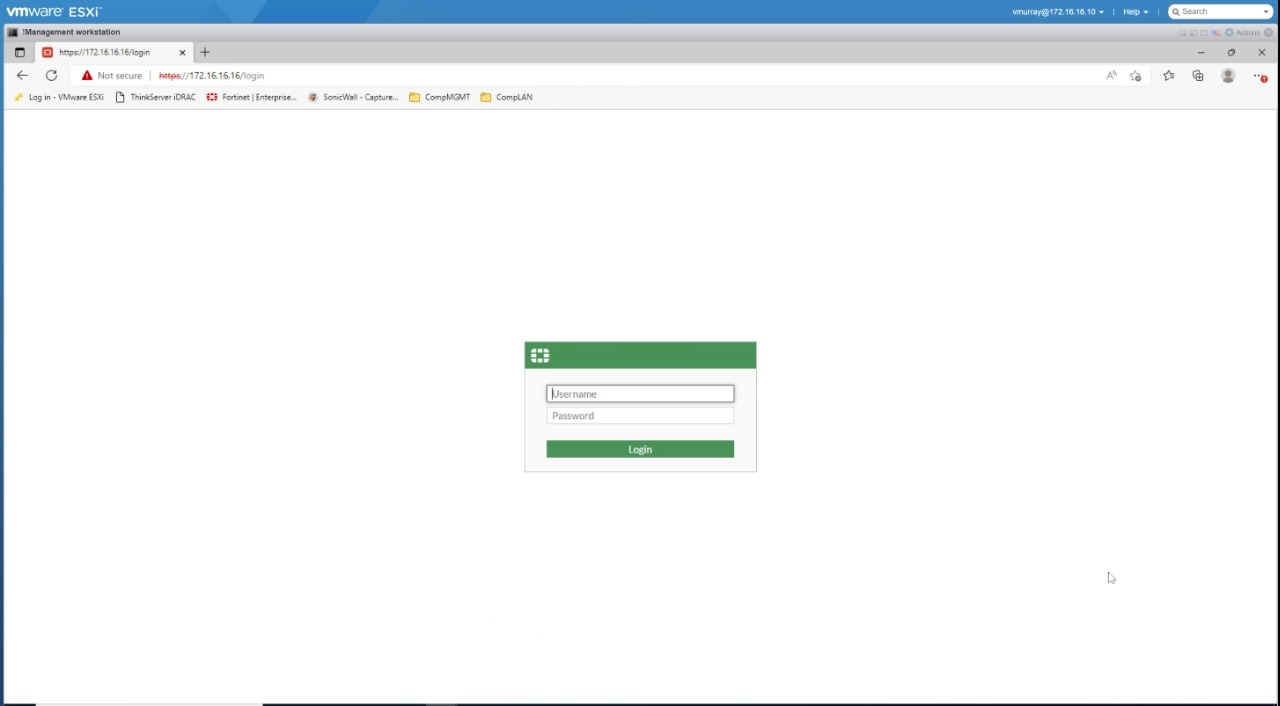Fortinet FortiGate
You must have the Firewall integrations license pack to use this feature.
You can integrate Fortinet FortiGate with Sophos Central. This lets FortiGate send firewall alerts to Sophos for analysis.
This integration uses a log collector hosted on a virtual machine (VM). Together they're called an appliance. The appliance receives third-party data and sends it to the Sophos Data Lake.
Note
You can add multiple Fortinet FortiGate firewalls to the same appliance.
To do this, set up your Fortinet FortiGate integration in Sophos Central, then configure one firewall to send logs to it. Then configure your other Fortinet FortiGate firewalls to send logs to the same Sophos appliance.
You don't have to repeat the Sophos Central part of the setup.
The key steps are as follows:
- Configure an integration for this product. This configures an image to use on a VM.
- Download and deploy the image on your VM. This becomes your appliance.
- Configure FortiGate to send data to the appliance.
Requirements
Appliances have system and network access requirements. To check that you meet them, see Appliance requirements.
Configure an integration
To configure the integration, do as follows:
- In Sophos Central, go to Threat Analysis Center > Integrations > Marketplace.
-
Click Fortinet FortiGate.
The Fortinet FortiGate page opens. You can configure integrations here and see a list of any you've already configured.
-
In Data Ingest (Security Alerts), click Add Configuration.
Note
If this is the first integration you've added, we'll ask for details about your internal domains and IPs. See My domains and IPs.
Integration setup steps appears.
Configure the VM
In Integration setup steps you configure your VM as an appliance to receive data from FortiGate. You can use an existing VM, or create a new one.
To configure the VM, do as follows:
- Enter an integration name and description.
-
Enter a name and description for the appliance.
If you've already set up a Sophos appliance, you can choose it from a list.
-
Select the virtual platform. Currently we support VMware ESXi 6.7 Update 3 or later and Microsoft Hyper-V 6.0.6001.18016 (Windows Server 2016) or later.
-
Specify the IP settings for the Internet-facing network ports. This sets up the management interface for the VM.
-
Select DHCP to assign the IP address automatically.
Note
If you select DHCP, you must reserve the IP address.
-
Select Manual to specify network settings.
-
-
Select the Syslog IP version and enter the Syslog IP address.
You'll need this syslog IP address later, when you configure Fortigate to send data to your appliance.
-
Select a Protocol.
You must use the same protocol when you configure Fortigate to send data to your appliance.
-
Click Save.
We create the integration and it appears in your list.
In the integration details, you can see the port number for the appliance. You'll need this later when you configure Fortigate to send data to it.
It might take a few minutes for the VM image to be ready.
Deploy the VM
Restriction
If you're using ESXi, the OVA file is verified with Sophos Central, so it can only be used once. If you have to deploy another VM, you must create an OVA file again in Sophos Central.
Use the VM image to deploy the VM. To do this, do as follows:
- In the list of integrations, in Actions, click the download action for your platform, for example Download OVA for ESXi.
- When the image download finishes, deploy it on your VM. See Deploy a VM for integrations.
Configure FortiGate
Now you configure FortiGate to send alerts to the Sophos appliance on the VM.
- Sign into the command-line interface (CLI).
-
Enter the following commands to turn on syslog forwarding and send data to your appliance. Ensure you use the correct commands for your FortiGate version.
config log syslogd setting set status enable set facility user set port <port number of your appliance> set server <syslog IP address of your appliance> set mode udp set format cef endconfig log syslogd setting set status enable set facility user set port [port number of your appliance] set server [syslog IP address of your appliance] set format cef set reliable disable end
Note
You can configure up to four syslog servers on FortiGate. Just replace syslogd with syslogd2, sylsogd3 or syslogd4 in the first line to configure each syslog server.
Your FortiGate alerts should now appear in the Sophos Data Lake after validation.
Customize alerts
Most FortiGate features are logged by default.
To make sure the Traffic, Web and URL Filtering features are logged, enter the following commands. Ensure you use the correct commands for your FortiGate version.
config log syslogd filter
set severity warning
set forward-traffic enable
set local-traffic enable
set multicast-traffic enable
set sniffer-traffic enable
set anomaly enable
end
config log syslogd filter
set traffic enable
set web enable
set url-filter enable
end
FortiGate 5.4 and later can also log referrer URLs. A referrer URL is the address of the web page where a user clicked a link to go to the current page. This is useful for web usage analysis.
To turn on referrer URL logging for each web profile, do as follows:
config webfilter profile
edit [Name of your profile]
set log-all-url enable
set web-filter-referer-log enable
end
More resources
This video takes you through setting up the integration.

For more information on logging to a remote syslog server, see Fortinet’s Logging and Reporting Guide.